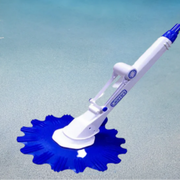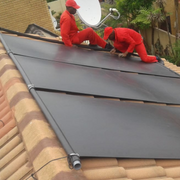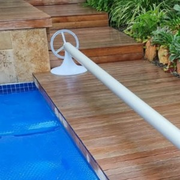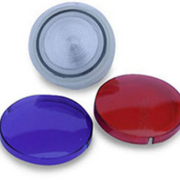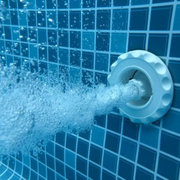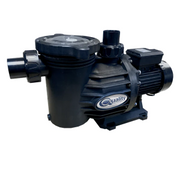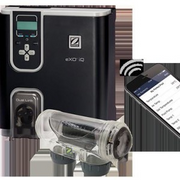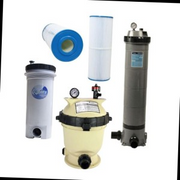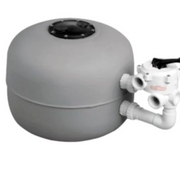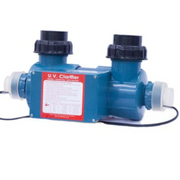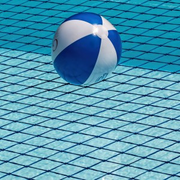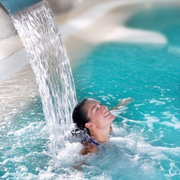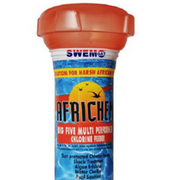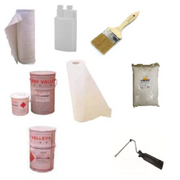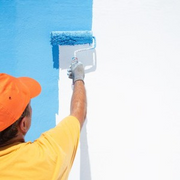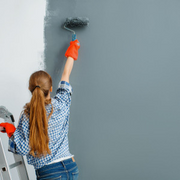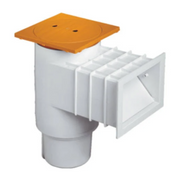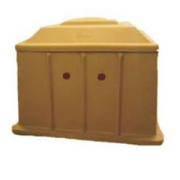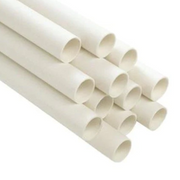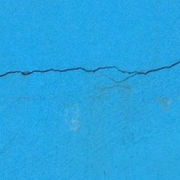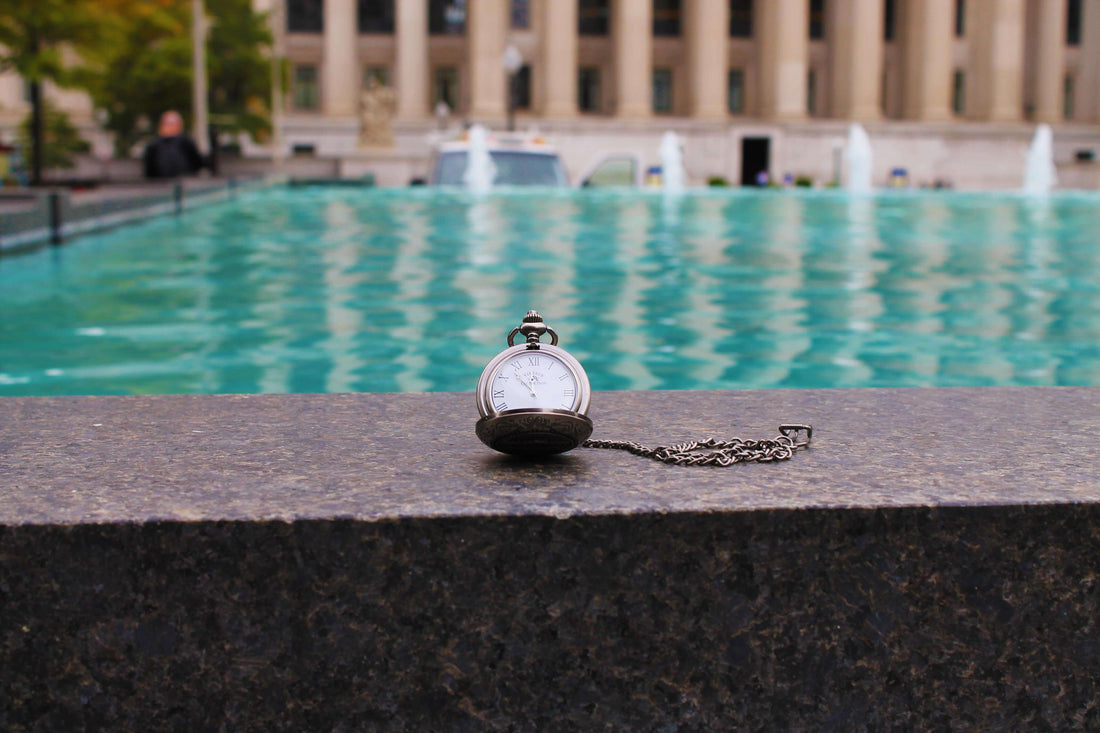The longer you neglect your pool maintenance, the more tedious and costly the recovery process becomes. By incorporating the following 5 easy maintenance activities into your weekly routine, you can have a crystal clear pool for you and your loved ones to enjoy both in and out of season.
Maintain Chemical Balance
Maintaining a healthy chemical balance in your swimming pool water is arguably one of the most crucial parts of maintenance. A disturbed chemical balance is more than just an unsanitary breeding ground for bacteria, it causes murky, off-coloured milky water that is both an eyesore and can possibly irritate your skin and eyes. Testing the chemical balance of your pool water should be a weekly activity. What chemicals play a role? Consider the following chemicals you need to test weekly:
- Cyanuric Acid – acts as a shield that protects chlorine from sunlight and determines the required free chlorine level. (An ideal reading for outdoor pools is 30 to 50.)
- Free chlorine – is a sanitiser which keeps your water germ-free and safe.
- Acidity/alkalinity – also known as the pH level, acidity needs to be kept between 7.5 and 7.8 to prevent irritation and protect the pool equipment from eroding.
- Total alkalinity – helps keep the pH in balance. Levels should be within the range of 60 to 120.
- Calcium hardness – appropriate levels help prevent plaster damage. Aim for 200 to 400ppm
The following products can assist you in balancing and/or maintaining the chemical balance of your pool water to keep it clean and safe:
Reusable Spa Chemical Dispenser Small
Africhem Big 5 chlorine floater for pools
5-in-1 Test Strip for Swimming Pool Water
Regulate pH Levels
As mentioned in the previous tip, to make sure your pool water is healthy and clean, the pH levels need to be tested regularly. The pH scale is a measurement of acidity or alkalinity that runs from 0 to 14. A reading between 7.2 and 7.6 is ideal; this range is safe for swimmers and helps sanitisers work at top efficiency.
You can monitor your pool's pH level with a testing kit. If you find that your pH levels are too low, use this Soda ash if you have a marbelite pool and this Africhem PH Increase if you have a marble plaster pool. DO NOT use Soda Ash in fibreglass swimming pools due to the potential risk of developing stains.
Get Rid of Algae Through Frequent Scrubbing
Every pool owner probably understands the frustration of having to scrub the bottom and even the side of the pool to prevent algae build-up. Even though this process can feel repetitive and annoying, it should never be neglected. If you do not seem up for the challenge to do this weekly, or preferably even daily, consider getting a pool cleaner or cleaning robot. If algae in your swimming pool is a common occurrence, Africhem Algaecide Extra Strength 2L and Africhem WonderCube are amazing products that combat algae build-up and give you quick results. If you need to replace parts of your current pool cleaner, check out this page.
When deciding on the type of cleaning tools you need to use, consider if it is beneficial to the type of pool you have. For example, a stiff brush is ideal for plaster-lined concrete pools and a softer brush is recommended for vinyl or fibreglass walls. For tiles, preferably use a soft brush to prevent scratching or degradation of grout. A pumice stone, putty knife or a half-and-half mixture of water and muriatic acid can also work well.
Clean Your Filter and Circulation System Once a Week
In order to maintain your pool’s filtration system, it is best to clean out your filter basket at least once a week. Turn off the filter, remove the filter cap (on the pool deck), lift out the filter basket, then finally remove any debris before putting everything back into place. Once a month you are also required to clean out your filter system’s pipes. This is done by backwashing them - simply set your filter to backwash, remove the leaf basket and clean it out. Lastly, you can now turn on your pump and let it run until you see clear water ejecting from the pipes. Your filter’s mechanics can crack if you turn the filter on and off too frequently., so rather set your filter on a timer and allow it to run for a minimum of six hours a day.
Maintain The Water Level
An important tip when it comes to maintaining your pool’s water level is to never let it fall below the level of the leaf skimmer or weir. Sufficient water inflow to the weir is always required since dry-running of the pump can cause overheating and damage.
Luckily, the remedy to a low water level is not too complex - you simply use a hosepipe to fill your pool back to a normal and healthy water level. Water levels falling are a common issue if you calculate evaporation and splashing into the equation.
Our weather in South Africa is not dropping to such extreme temperatures to cause cracks in pipes due to freezing temperatures, therefore never drain your pool.
The water’s weight works against forces from the ground pressing up against the pool from below. Especially during the rainy season, never drain the pool if not necessary because there is always the risk of the pool shell popping out of the ground.
Other swimming pool maintenance products you might be interested in:
Aquachek Salt 10 strips | Test the salt-content of water for chlorinated pools
People also ask:
How often does a pool need to be maintained?
It is best to perform pool maintenance duties every week or a quick check daily to ensure the pump and everything else is working fine.
There are various methods to maintain your pool, without the physical labour of going out and manually scrubbing your pool clean. Consider getting a pool cleaner is common practice. Pool covers and pool cleaning robots for your pool cut your maintenance duties along with their related costs by a significant amount.
